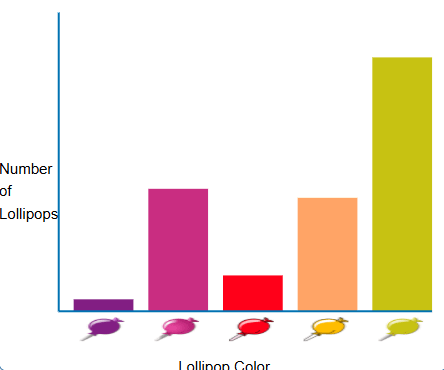Arithmetic I

Students will recognize and identify symbols in math including: digits, place value, operation signs, students will learn the four operations: addition, subtraction, multiplication and division through twelve, learn to recognize fractions as a part of a whole, fractions of a number through twelve, recognize polygons, understand basic concepts of area and perimeter, statistic concepts including, sorting data, graphing an interpreting data, monetary terms including the names of coins, counting money with dimes, nickels and pennies and , units used for measurement including metric and imperial units, using an analog clock to tell time to the hour and half hour, elapse time and intervals in time, basic word problems will be used throughout the course to reinforce the mathematical concepts.
Arithmetic II

Students may begin Arithmetic II when they exhibit competency in the Arithmetic I course material. Students will recognize and identify symbols in math including: digits, place value through thousands, operation signs, students will learn the four operations: addition, subtraction, multiplication and division through twenty-four, Students will begin to solve multi-digit operation questions using only facts through 24, learn to recognize fractions as a part of a whole, fractions of a number through twenty-four, recognize polygons, understand basic concepts of area and perimeter, statistic concepts including, sorting data, graphing an interpreting data, monetary terms including the names of coins, counting money with dimes, nickels and pennies, quarters and dollar coins , units used for measurement including metric and imperial units, using an analog clock to tell time to the quarter hour, elapse time and intervals in time, basic word problems will be used throughout the course to reinforce the mathematical concepts.
Arithmetic III

Students may begin Arithmetic III when they exhibit competency in the Arithmetic II course material. Students will recognize and identify symbols in math including: digits, place value through thousands, operation signs, students will learn the four operations: addition, subtraction, multiplication and division through one hundred forty-four, Students will begin to solve multi-digit operation questions using only facts through 100, learn to recognize fractions as a part of a whole, fractions of a number through one hundred forty-four, recognize polygons, understand basic concepts of area and perimeter, statistic concepts including, sorting data, graphing an interpreting data, monetary terms including the names of coins, counting money with dimes, nickels and pennies, quarters and dollar coins , units used for measurement including metric and imperial units, using an analog clock to tell time, elapse time and intervals in time, basic word problems will be used throughout the course to reinforce the mathematical concepts.
Arithmetic IV

Students may begin Arithmetic III when they exhibit competency in the Arithmetic III course material. Students may begin this course when they have all of the facts memorized through 12+12=24, 24-12=12, 12×12 = 144, and 144÷12 = 12. Students will learn counting patterns, place value, and operations with larger numbers through the hundred millions. Students will learn statistics including mean, median, mode, and range to interpret data, operations with fractions and decimals to the hundredths place, identify polygons and polyhedrons, use basic concepts of area and perimeter, statistic concepts including, sorting data, graphing an interpreting data, monetary terms including the names of coins, counting money with dimes, nickels, pennies, quarters, half dollars, and dollar coins , units used for measurement including metric and imperial units, using an analog clock to tell time, elapse time and intervals in time, two step word problems will be used throughout the course to reinforce the mathematical concepts, basic operations with fractions.
Arithmetic V-VI

Students may begin Arithmetic V when they exhibit competency in the Arithmetic IV course material. Students will use higher level counting patterns like arithmetic and geometric series, place value, and operations with decimal numbers through the thousandths place. Students will learn statistics including mean, median, mode, and range to sort, graph, and interpret data including operations with fractions and mixed numbers, identify polygons and polyhedrons, use formulas to calculate volume, area and perimeter, monetary terms including the names of coins, counting money with dimes, nickels, pennies, quarters, half dollars, and dollar coins, units used for measurement including metric and imperial units, using an analog clock to tell time, elapse time and intervals in time, two-step word problems will be used throughout the course to reinforce the mathematical concepts, operations with fractions will include different denominators, mixed numbers and improper fractions. Arithmetic VI is a review and mastery of many of the skills in Arithmetic V with the addition of variables, exponents, borrowing with unit operations, prime and composite numbers, parts of a circle, circumference and area, area of parallelograms and triangles, conversions of numbers between decimal, fraction and percent, proportions, probability, and integer operations.
PreAlgebra
To learn more about the Pre Algebra course please click here.







Tuition: Private lessons $420 a month or Small group lessons $265 a month/ per student
Fees: $40/project to offset cost of supplies, activities, and enrichment
Some of this year’s projects include:
- Making an alarm clock
- 3-D printing
- Shirt Design
- Square foot gardening
- Designing a quilt block to be sublimated on a bag
- Patterns used in jewelry